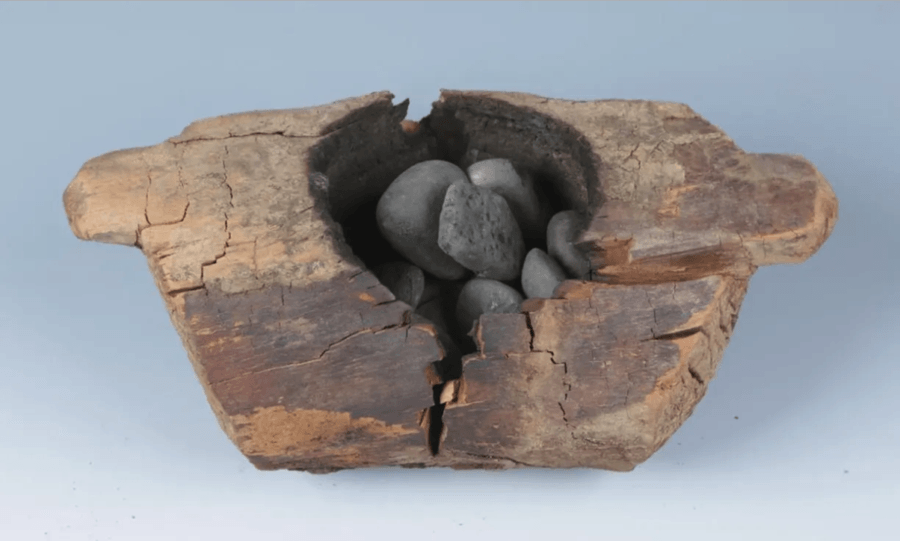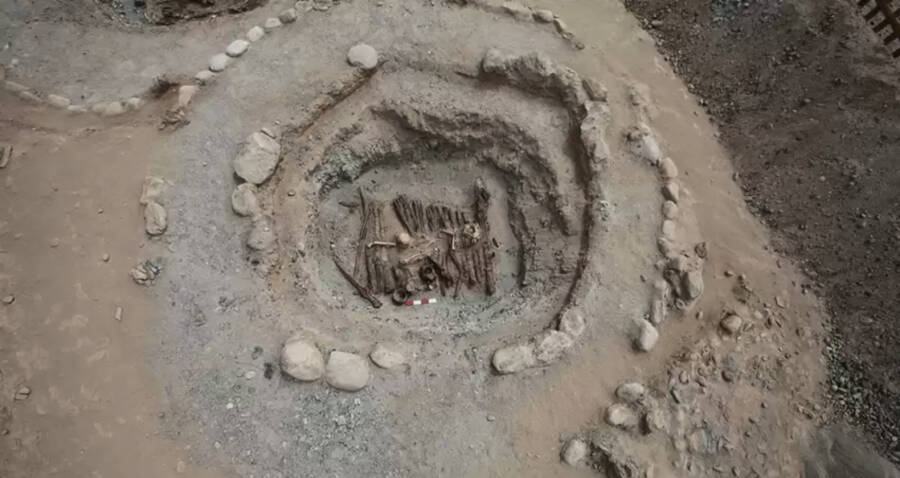Ancient Cannabis Discovery at Jirzankal Cemetery: Insights into Prehistoric Rituals
Recent discoveries at the Jirzankal Cemetery in the Pamir Mountains have revealed traces of potent cannabis, suggesting that humans have been utilizing the psychoactive plant for rituals for over 2,500 years.
The Significance of the Discovery
According to a report from The Guardian, a research team led by Yimin Yang from the University of Chinese Academy of Sciences has uncovered evidence of ritual cannabis smoking at this ancient burial site. This site, dating back to the 5th century B.C., is now recognized as the earliest scientifically verified instance of cannabis use for ceremonial purposes.
Cannabis Traces and Their Composition
The research specifically noted that cannabis residues were found in incense burners at the site. Advanced techniques, including gas chromatography-mass spectrometry, revealed that the concentration of tetrahydrocannabinol (THC), the compound responsible for cannabis’s psychoactive effects, was significantly higher than the average THC levels found in modern cannabis plants.
- The cannabis likely originated from a naturally higher THC-producing variety, as hypothesized by the researchers.
- This points to a specific preference among the ancient populace for stronger forms of cannabis.
Ritual Practices Involved

The study, published in Science Advances, provides compelling insights into how these ancient people likely used cannabis in their funeral rites. It appears they placed heated stones in a carved wooden vessel, placing cannabis leaves atop to release psychoactive smoke:
- This practice suggests that cannabis was integral for communication with the spirit world.
- Additional findings—such as perforations and breaks in human bones—indicate that music and possibly human sacrifices were also part of these rituals.
Connections to Ancient Trade Routes
The Jirzankal Cemetery, located near early Silk Road trade routes, served as a burial ground for diverse cultures, suggesting that many individuals buried there were non-locals. The trade routes facilitated the exchange of goods like:
- Walnuts
- Apples
- Pistachios
- And likely, cannabis
This interconnectedness hints at how ancient cultures capitalized on local flora, further supporting the notion that rituals involving cannabis consumption were widespread.
Further Implications of the Discovery
As co-author Robert Spengler notes, this discovery illustrates the complex relationship humans have with their environment, influencing the evolution of local plant species.
The Cultural Impact of Cannabis Use
The use of wooden braziers to burn cannabis leaves reflects customs described by ancient historian Herodotus, who documented similar practices among Eurasian nomads. This aligns with contemporary understandings of ancient social behaviors that favored communal experiences:
- Sharing cannabis smoke in groups was both a social and spiritual act.
- This discovery might set the stage for future excavations aimed at uncovering more about past human interactions, including rituals and customs related to cannabis.
Conclusion
With continued archaeological efforts at sites like Jirzankal Cemetery, more discoveries may soon elucidate our understanding of ancient societies and their cannabis rituals. As research develops, we remain eager to learn about the connections between historical practices and contemporary understandings of cannabis.
For those interested in the broader implications of ancient diets, discover what insights have emerged from the 8,000-year-old food residue or learn about notable figures in history like John Smith, who claimed to be 137 years old.


